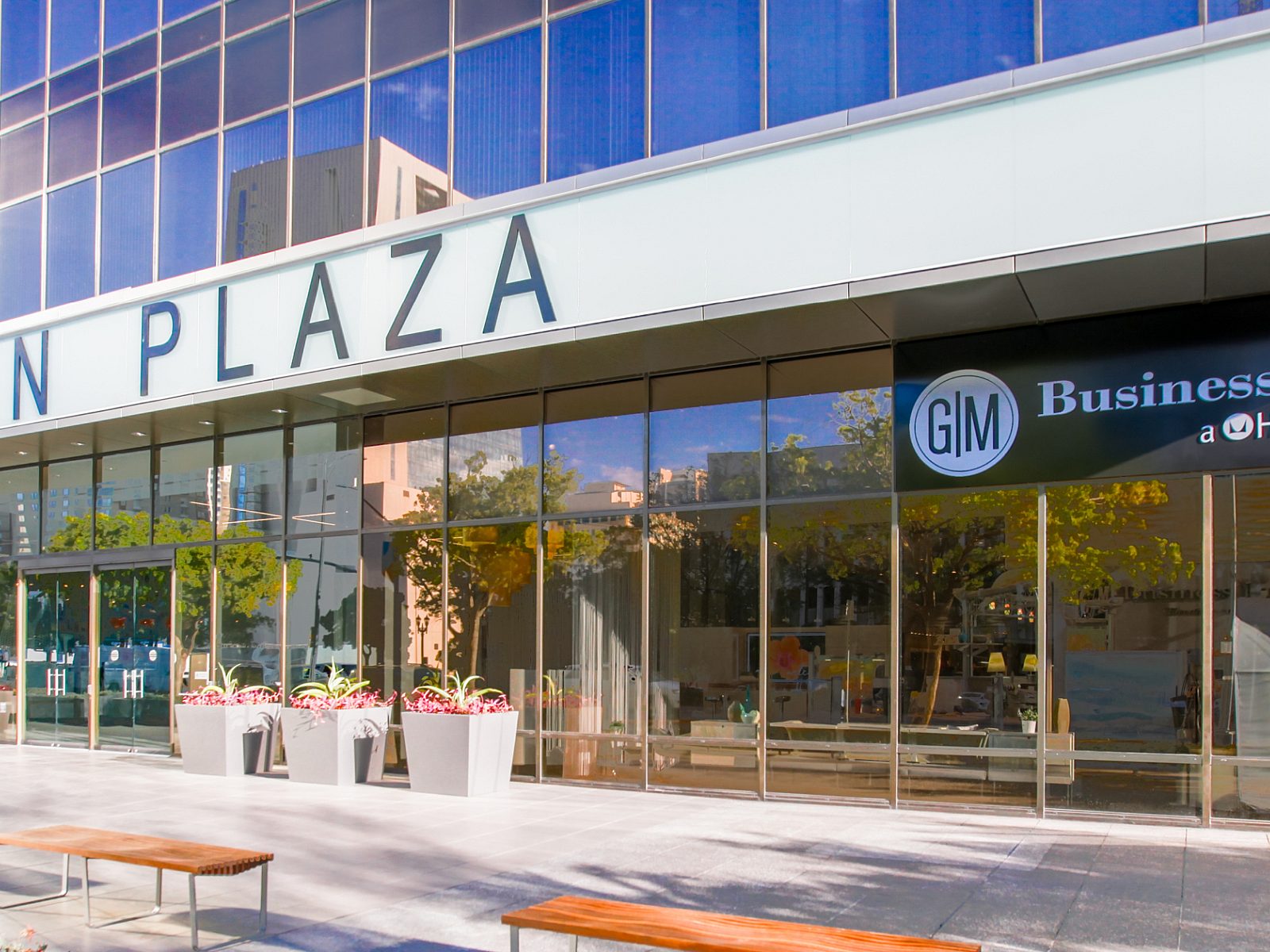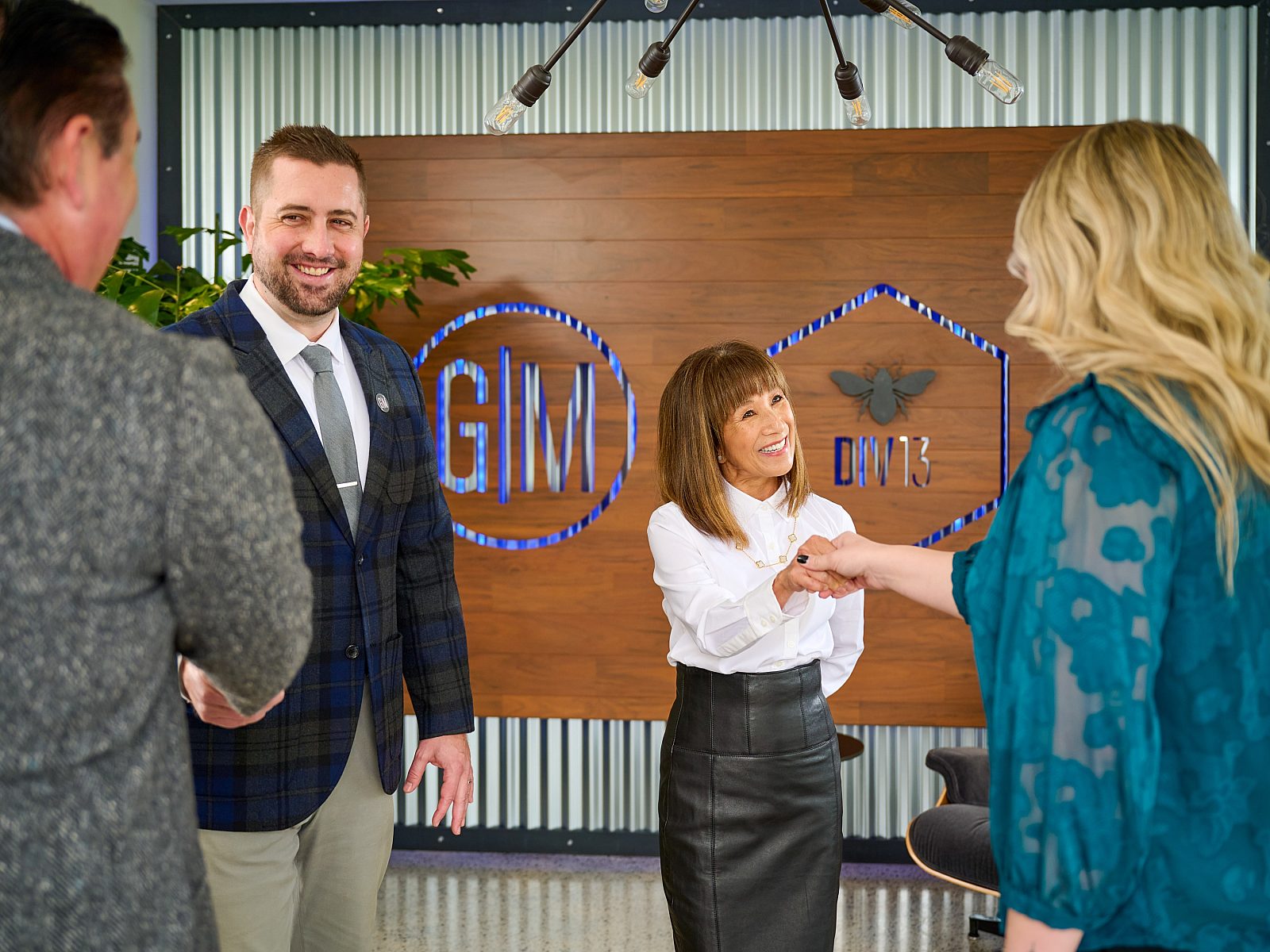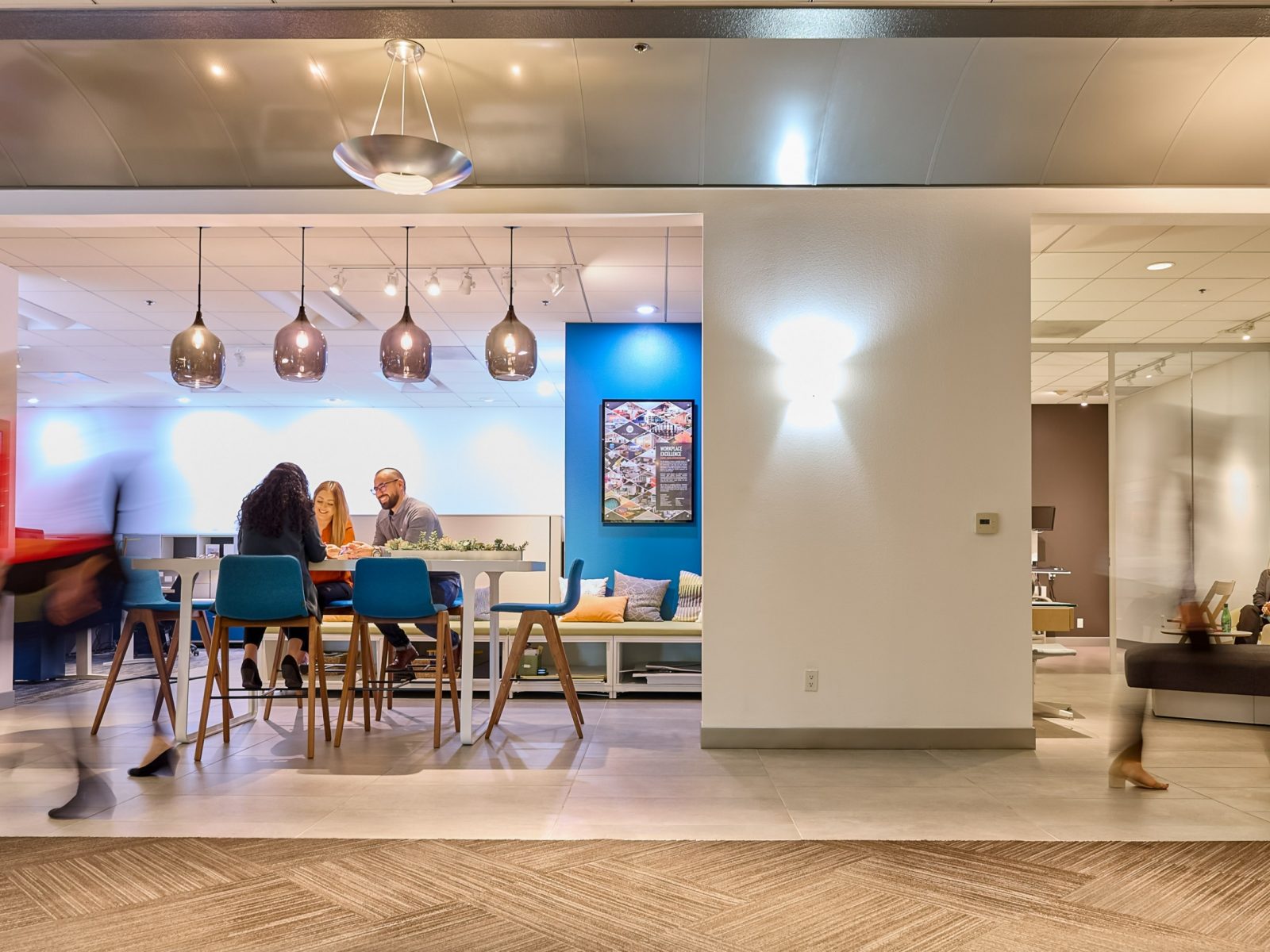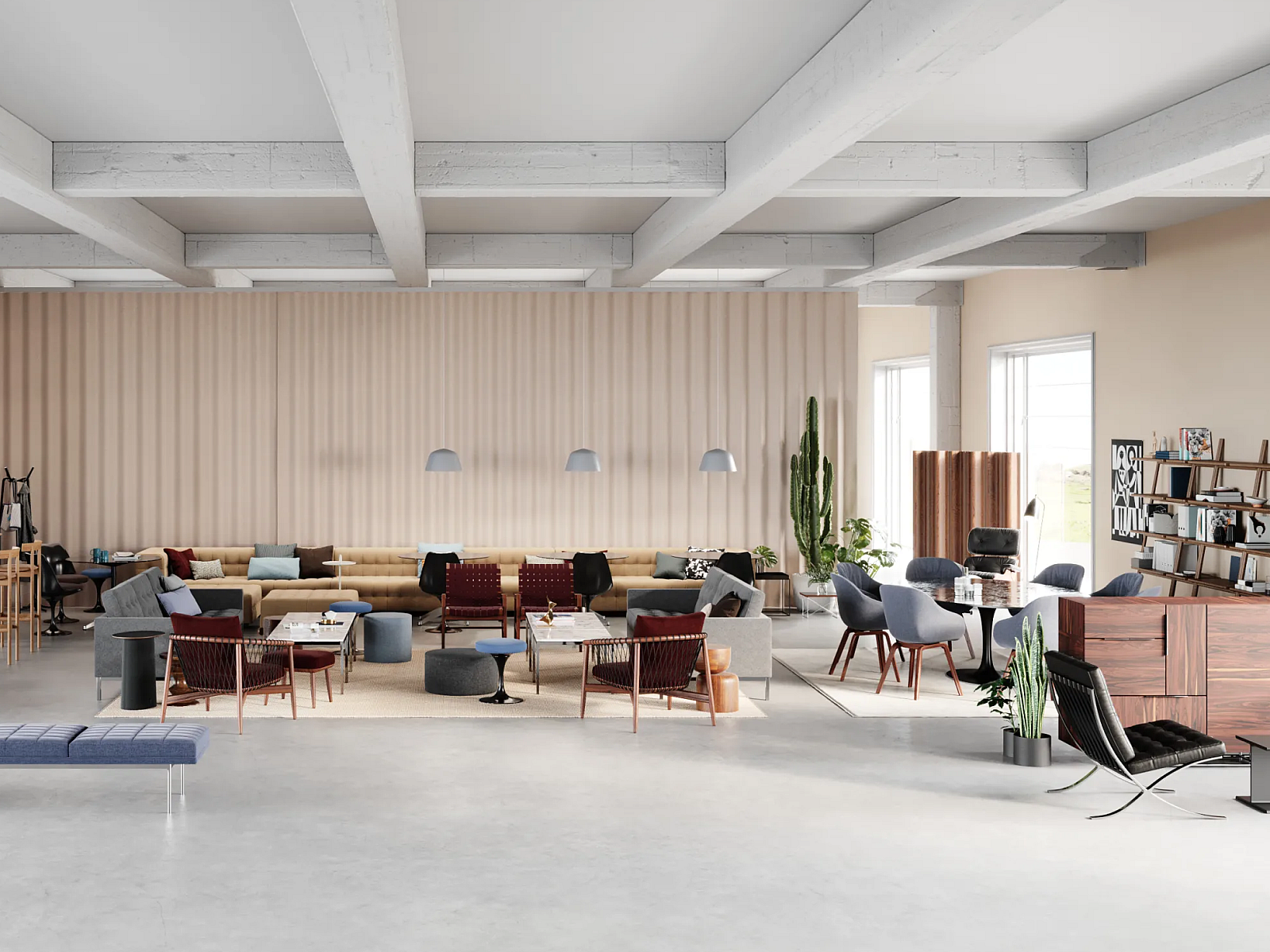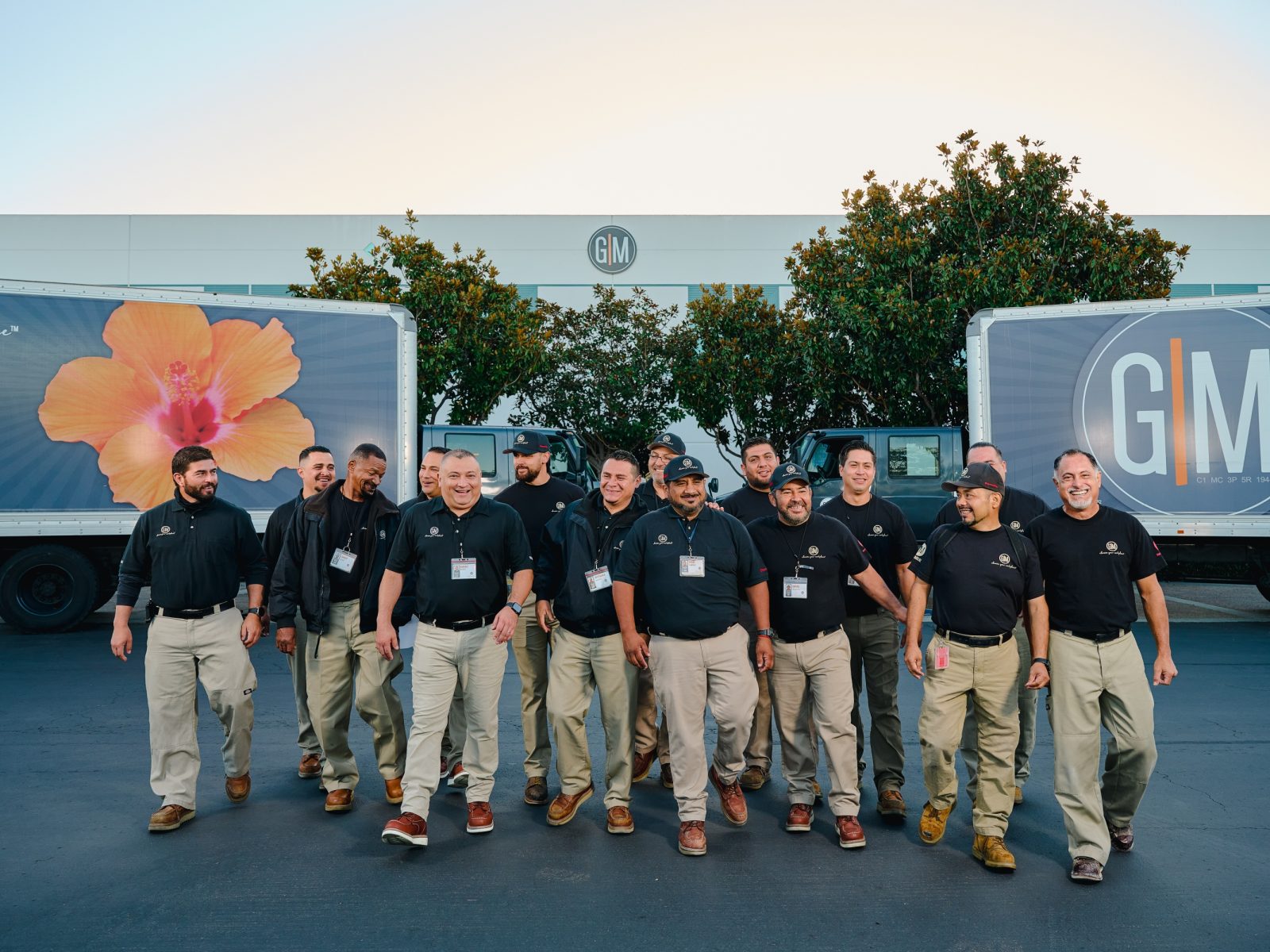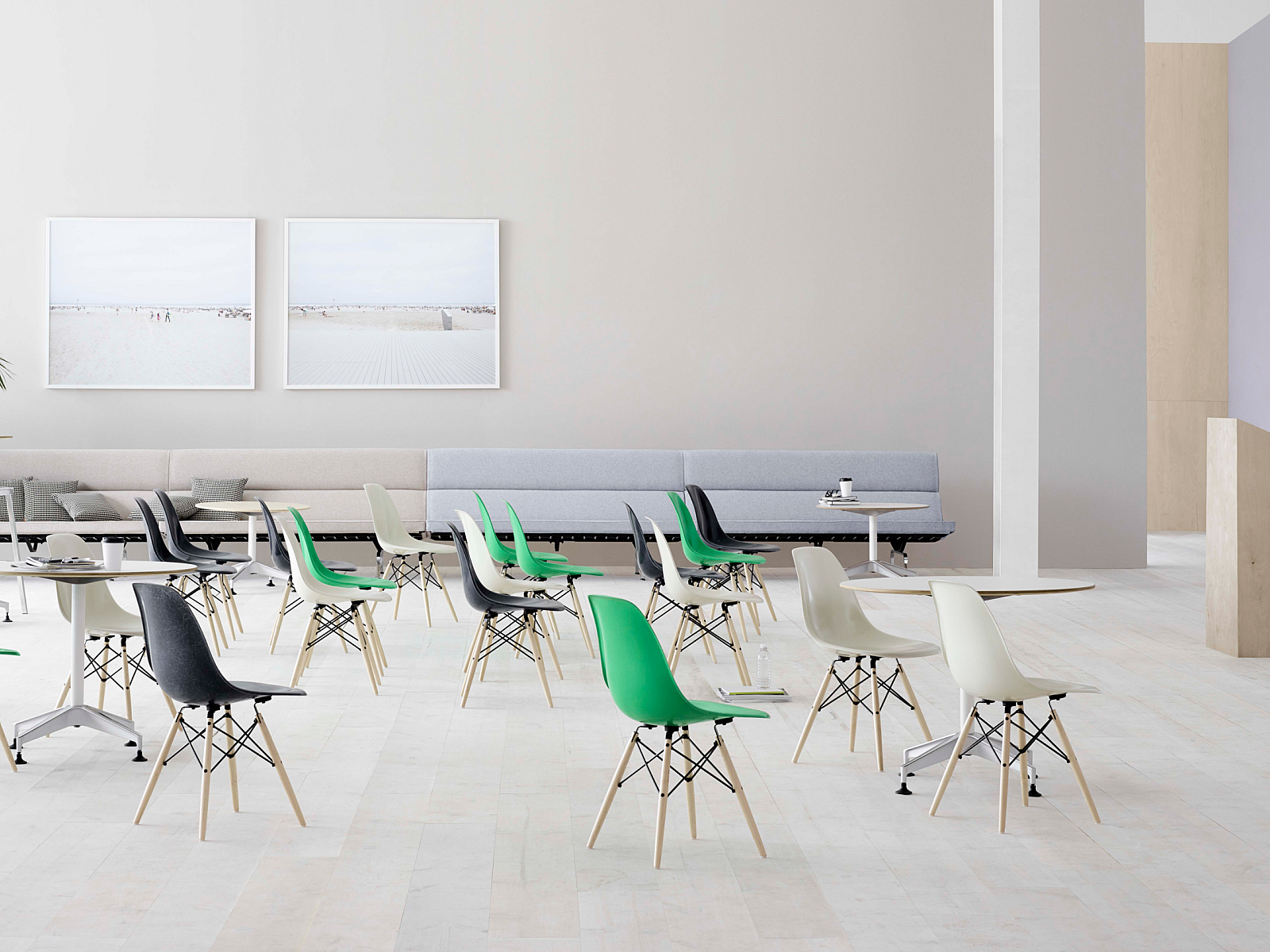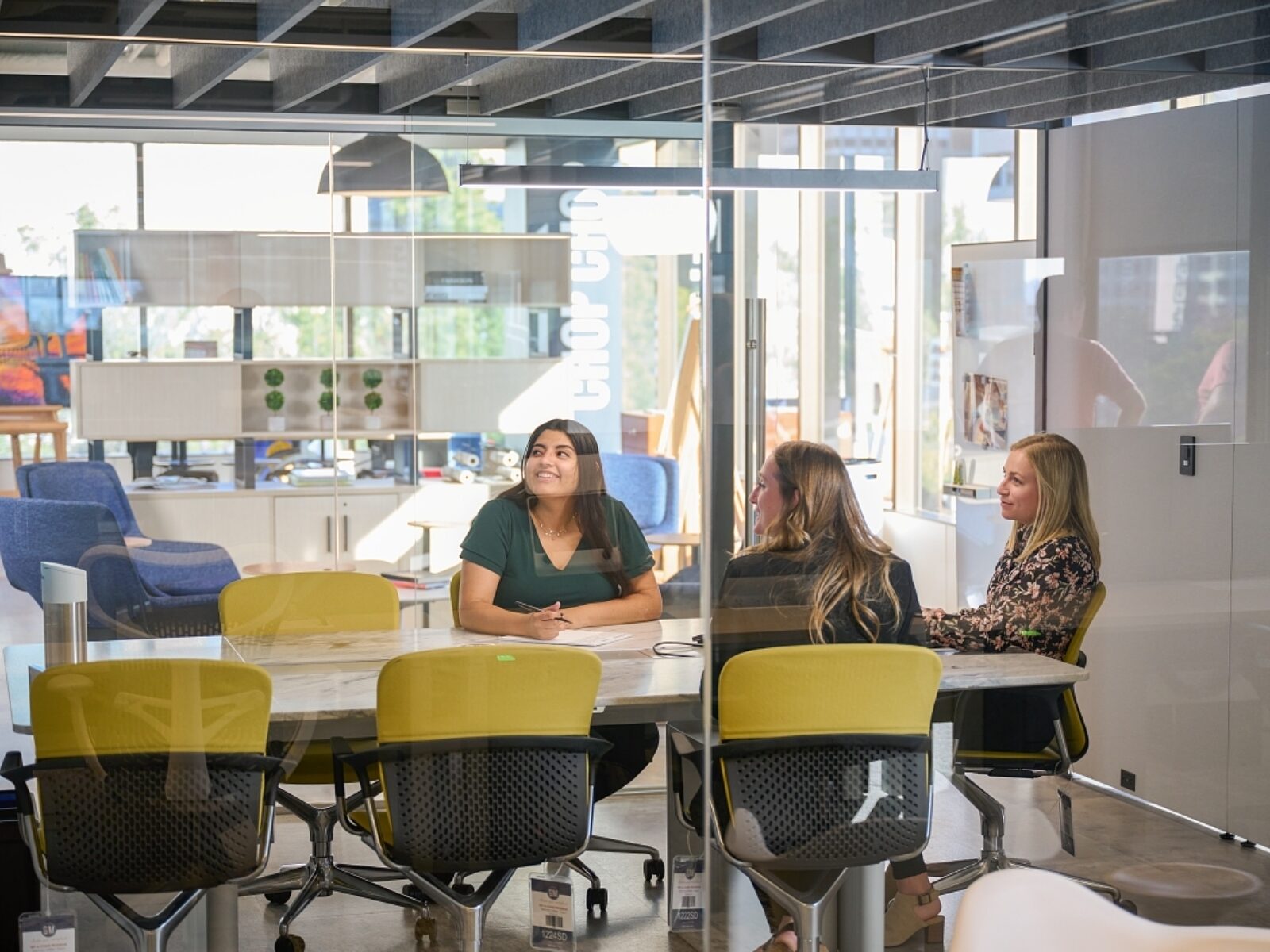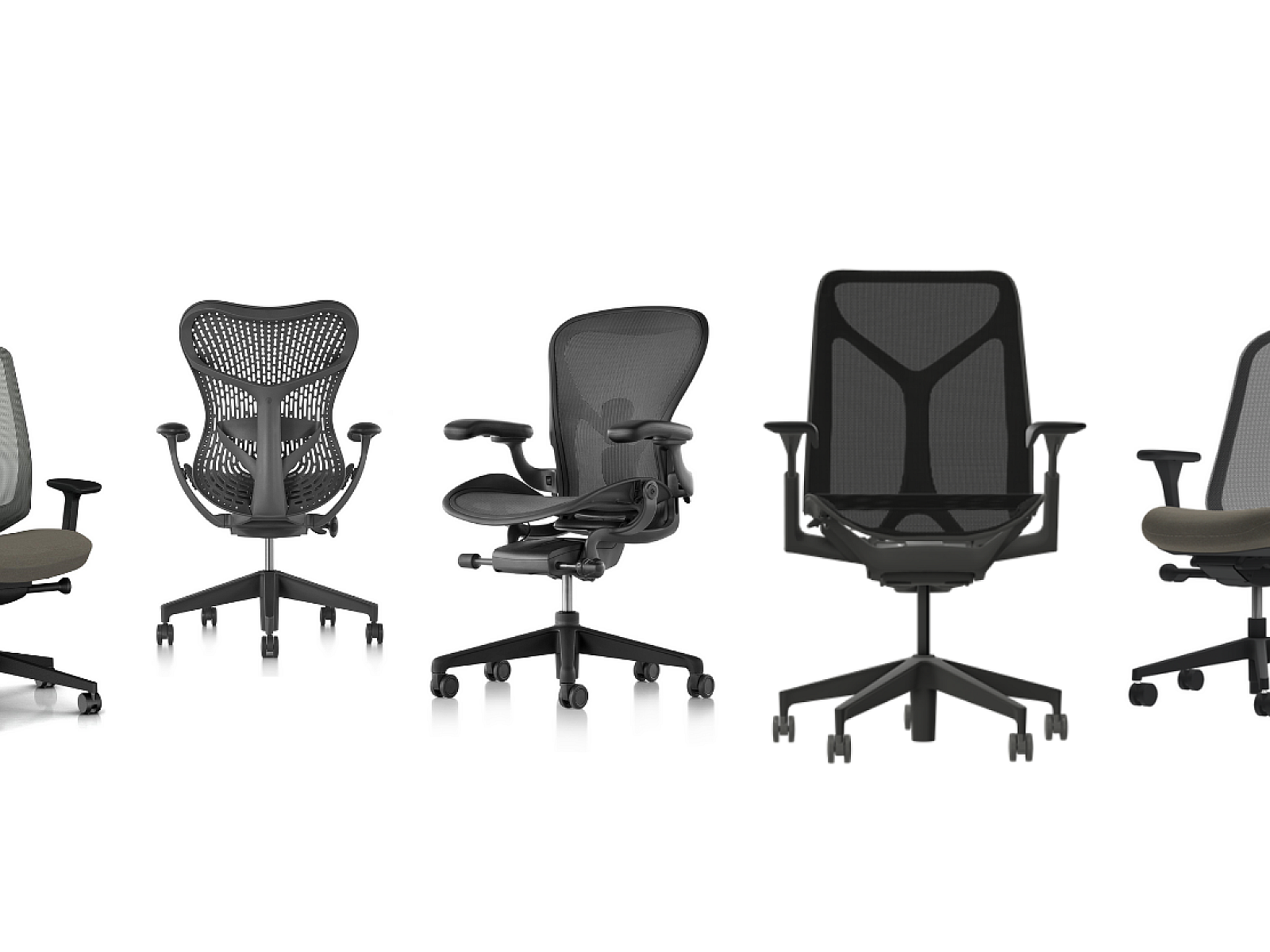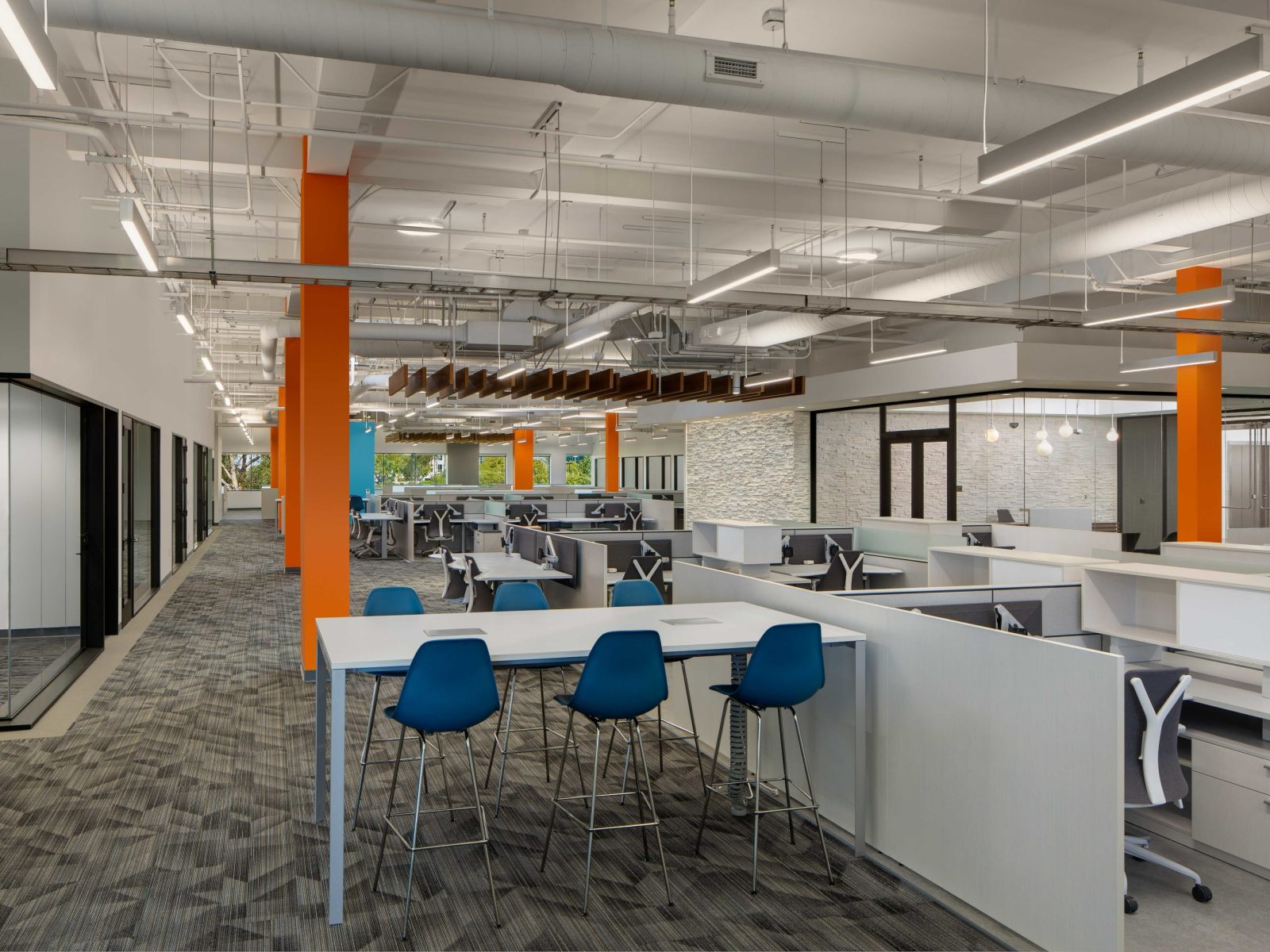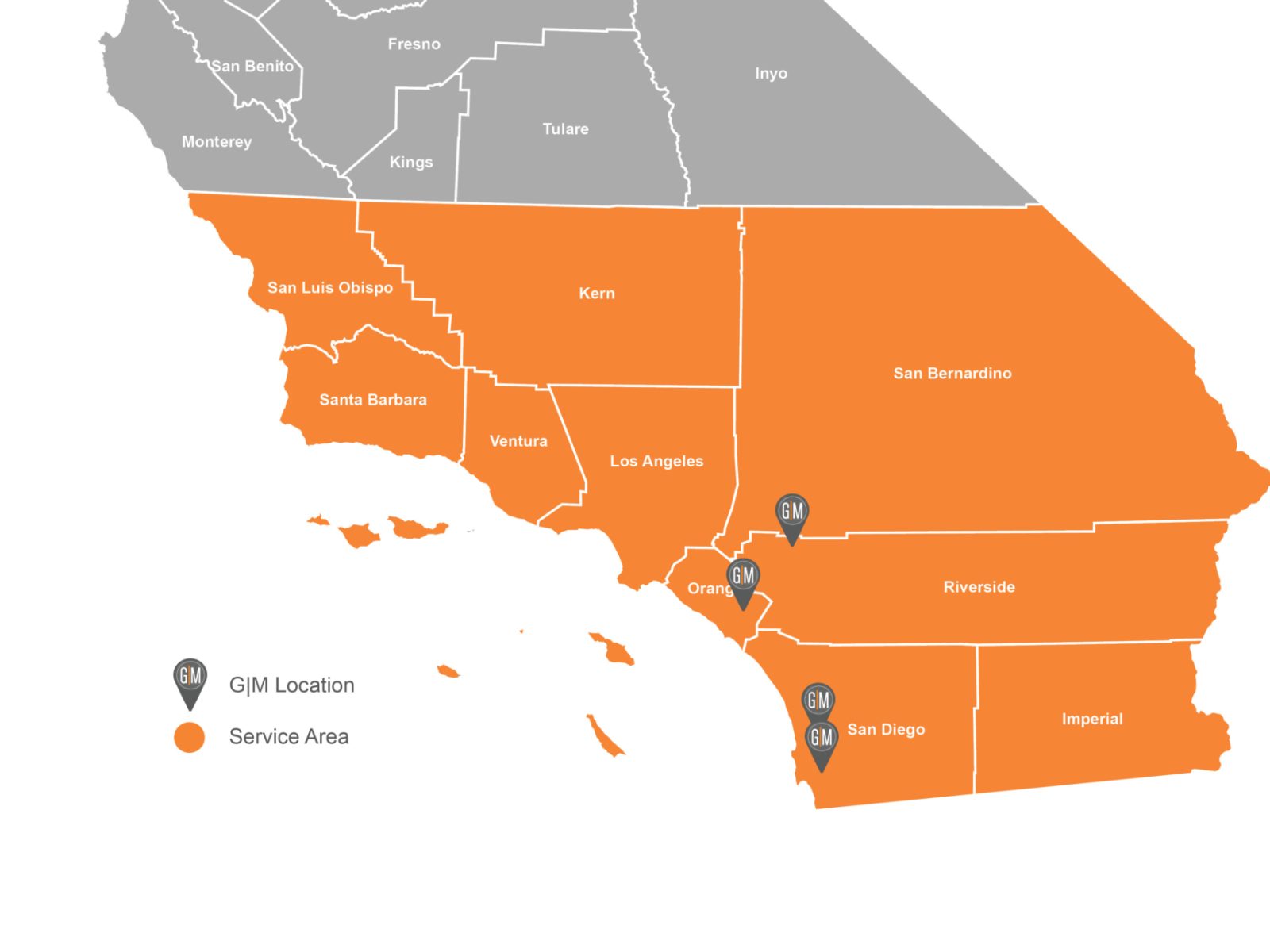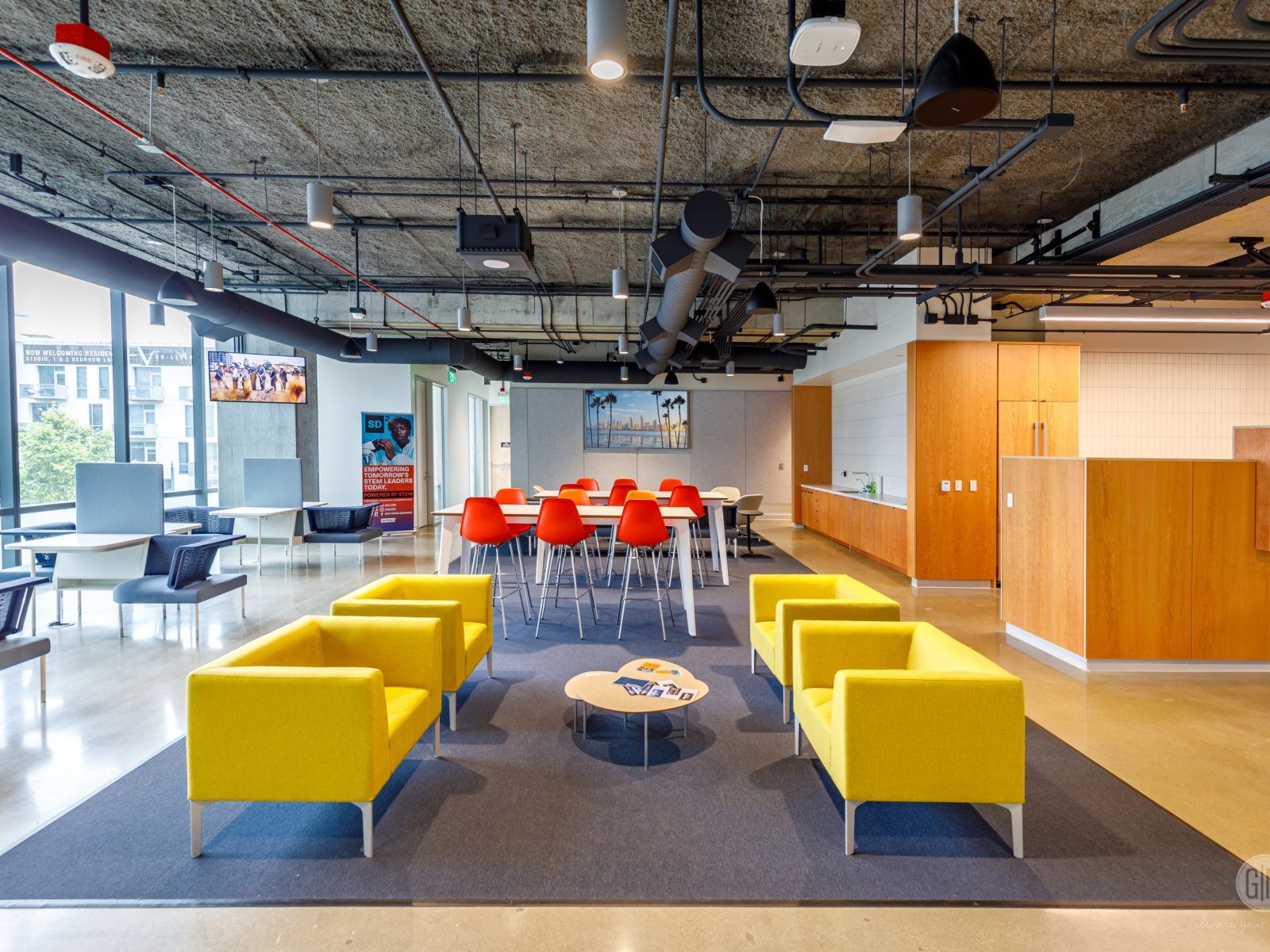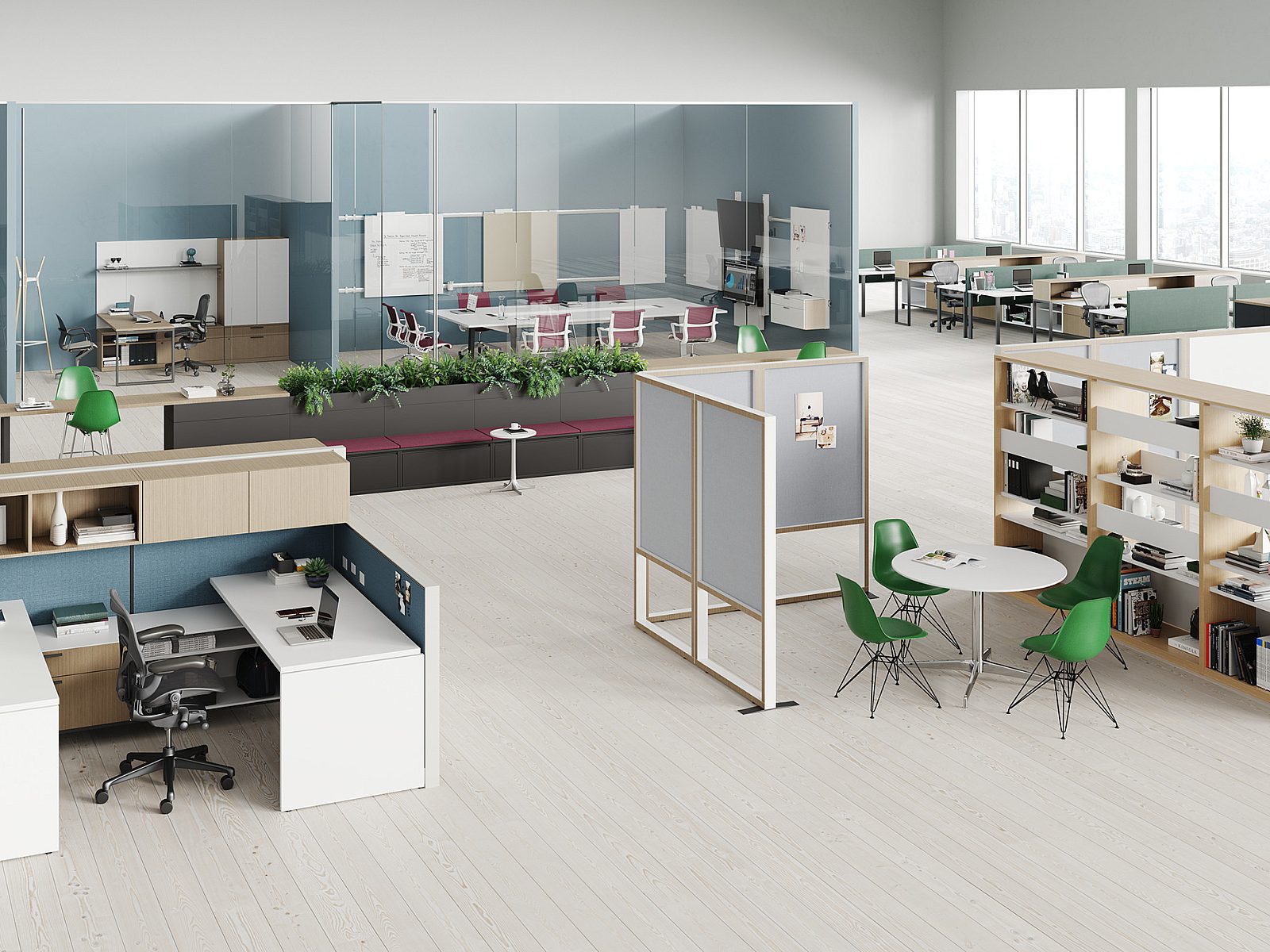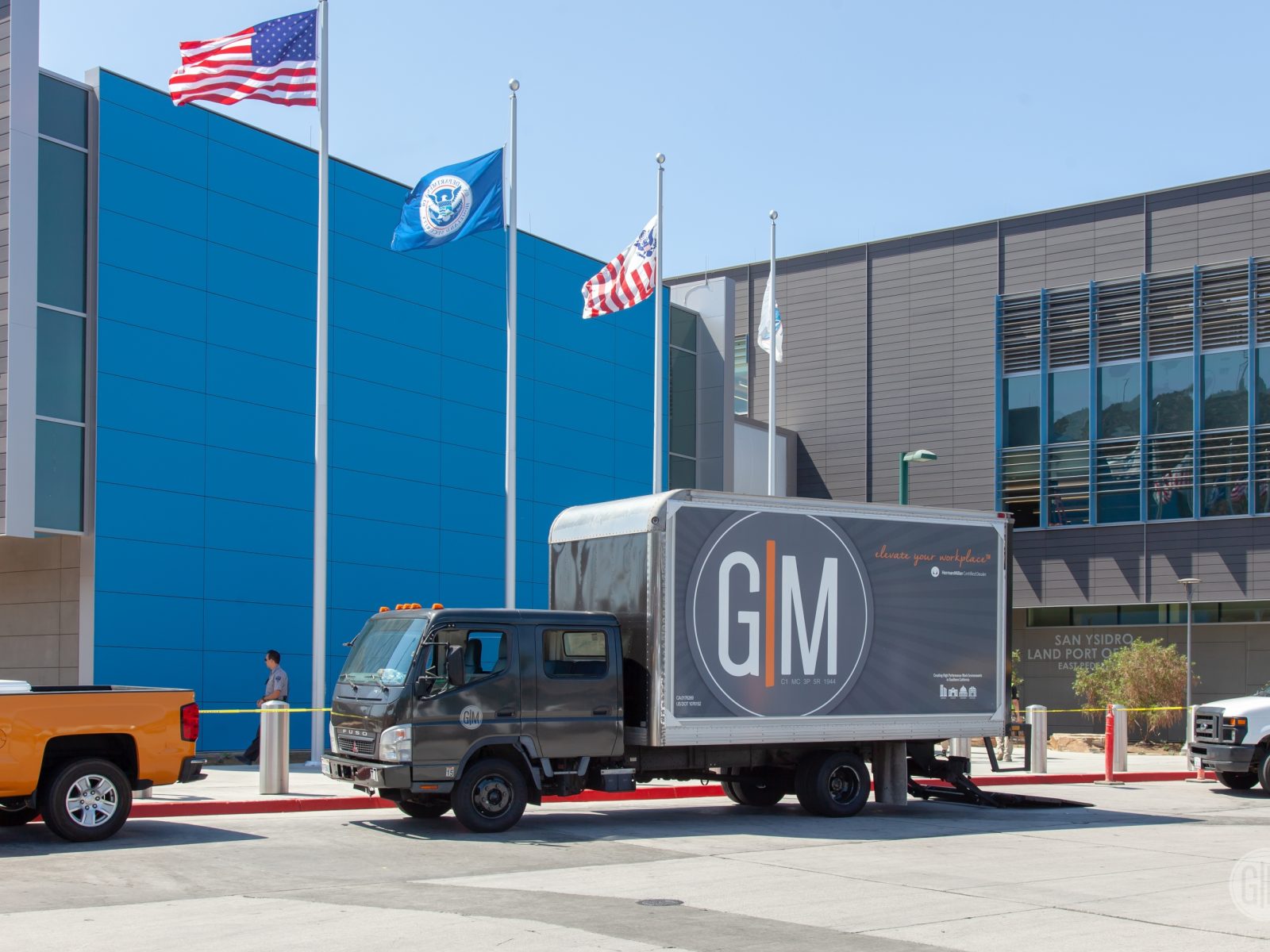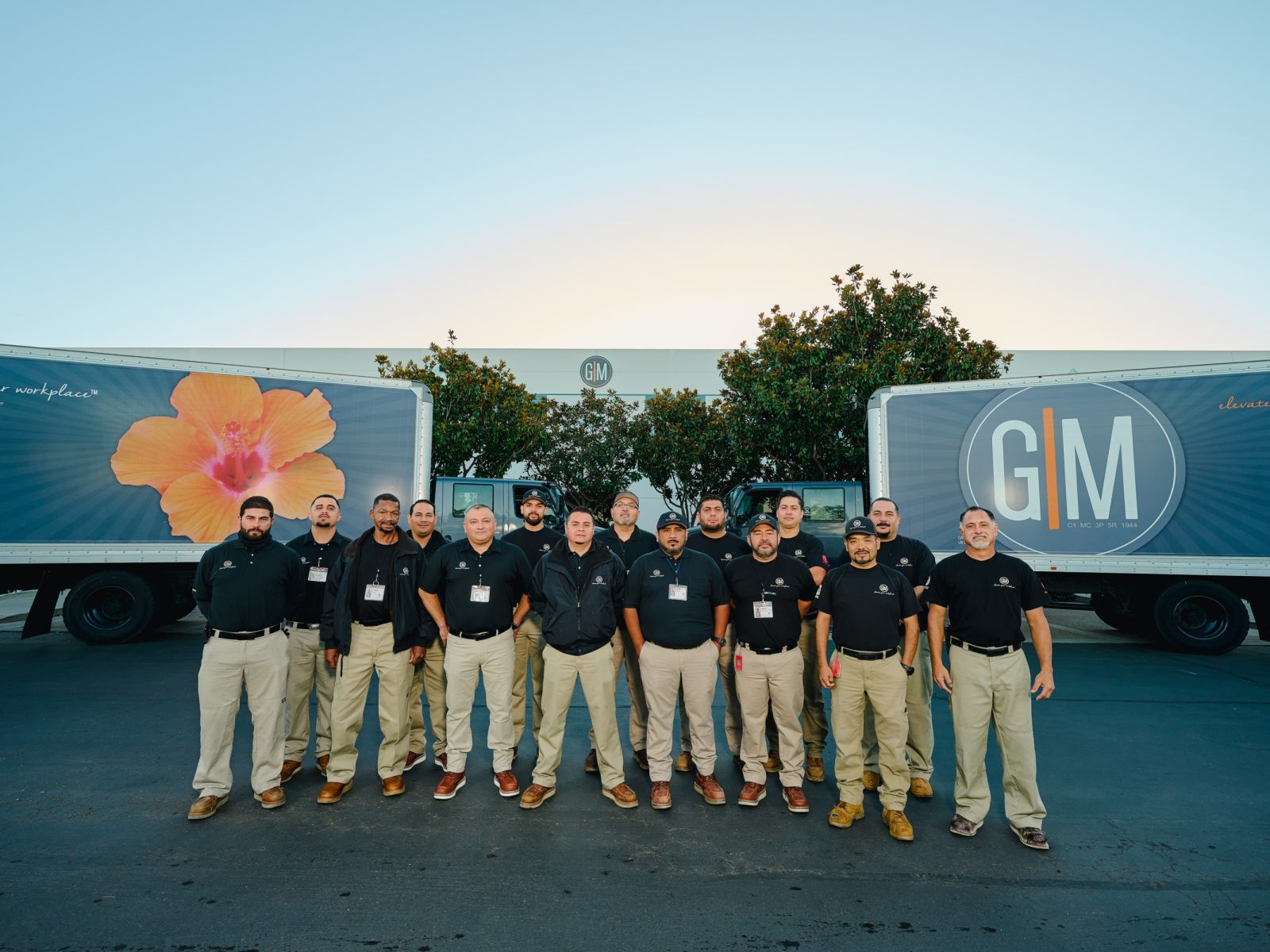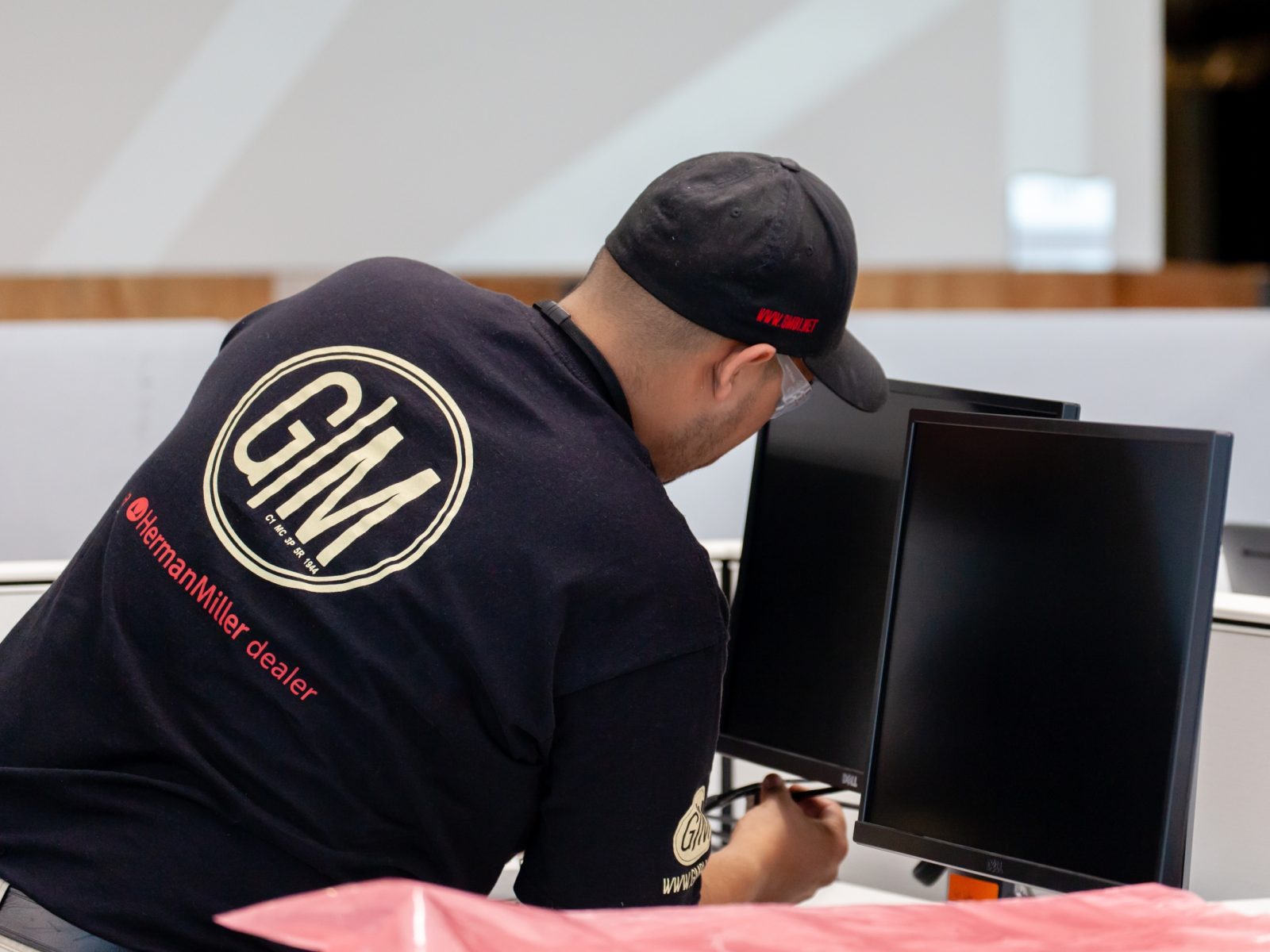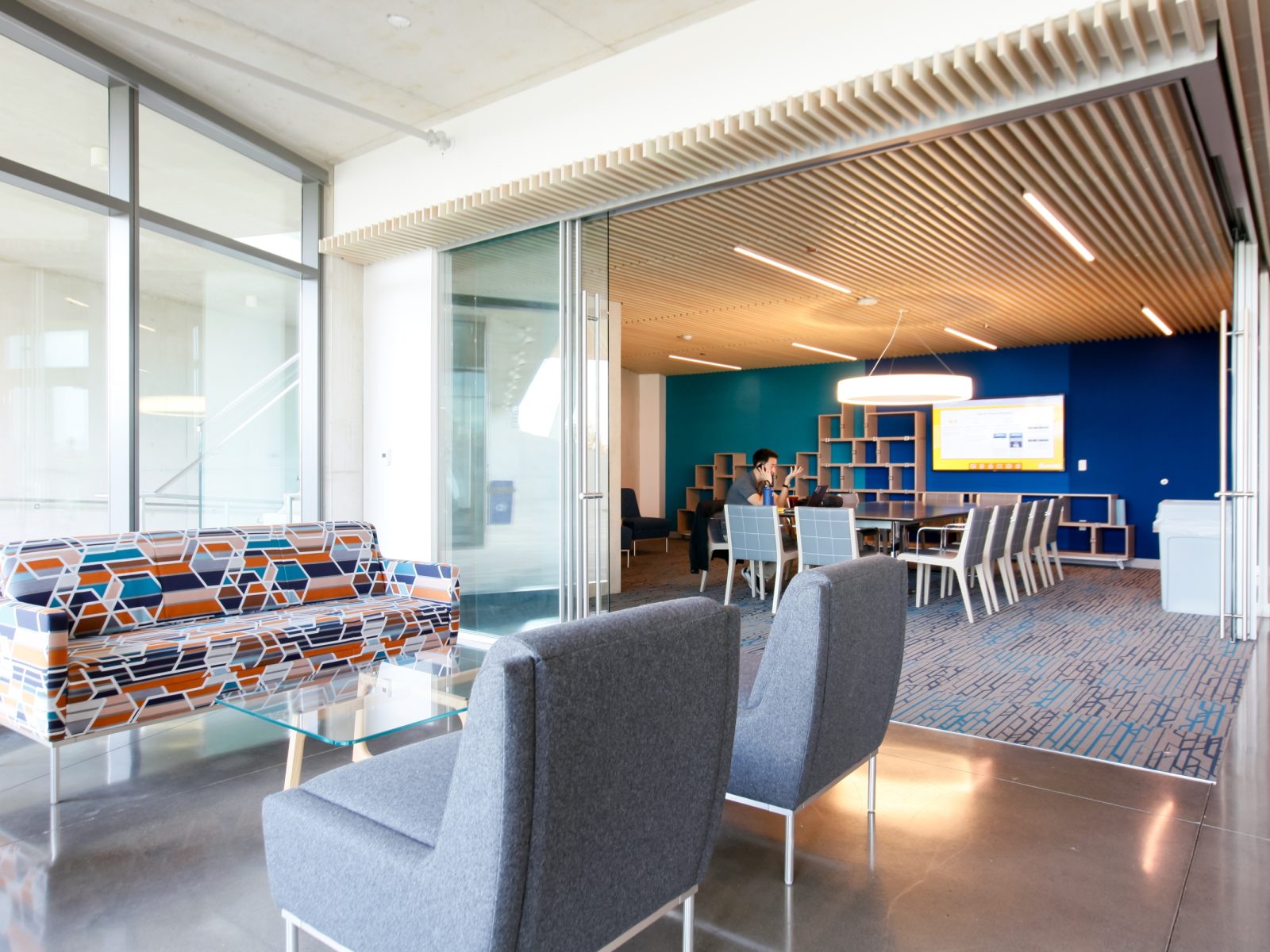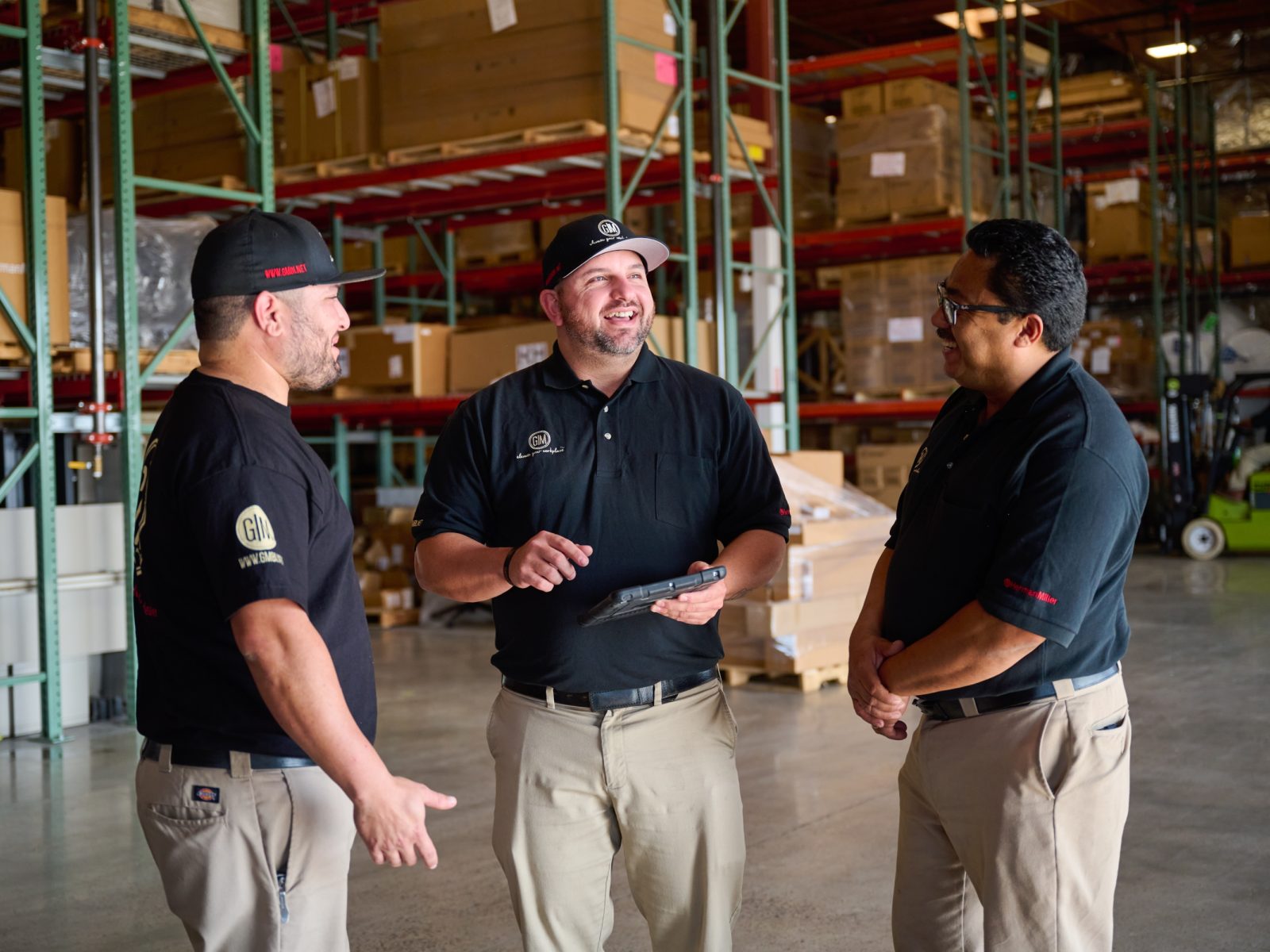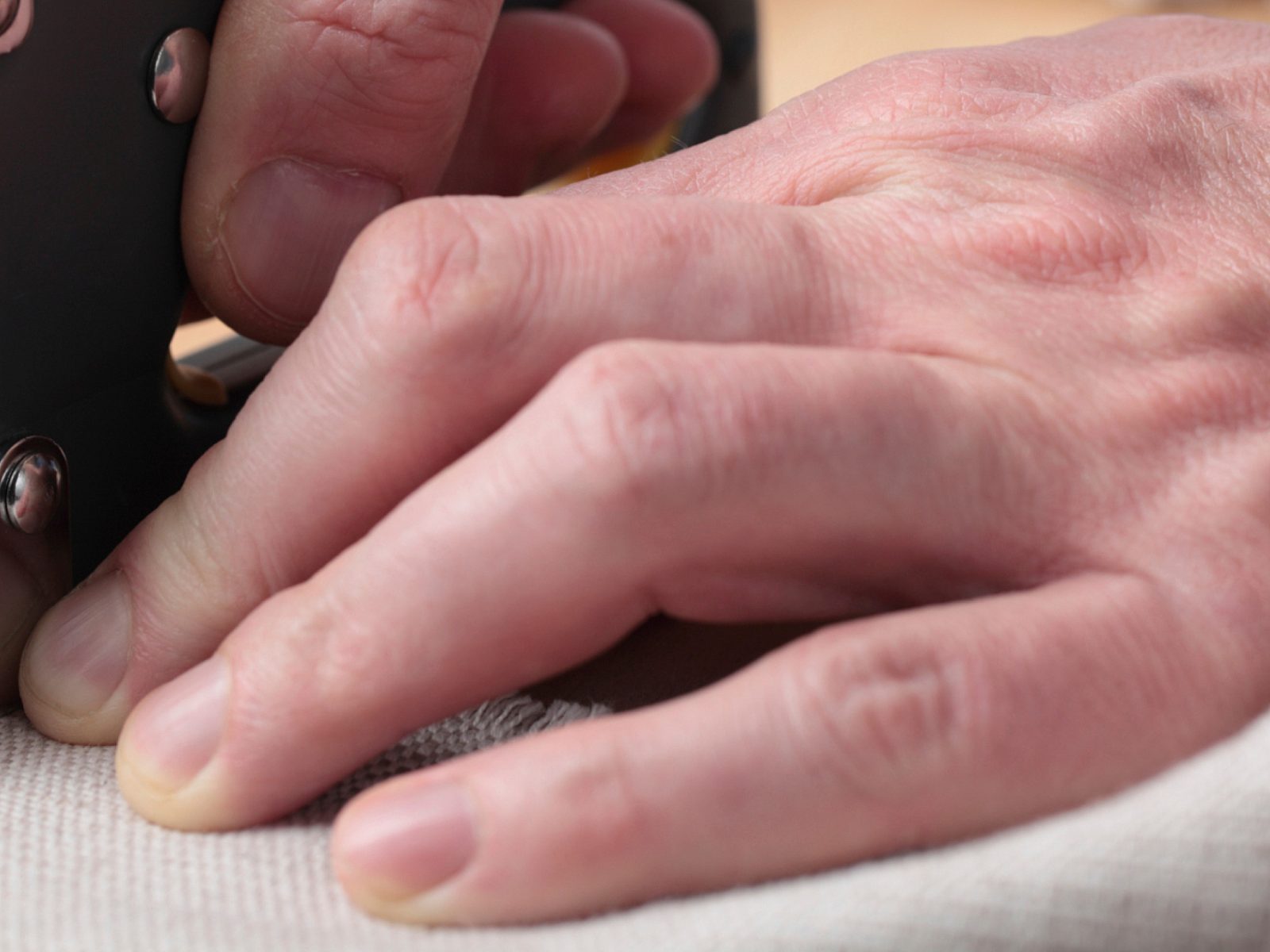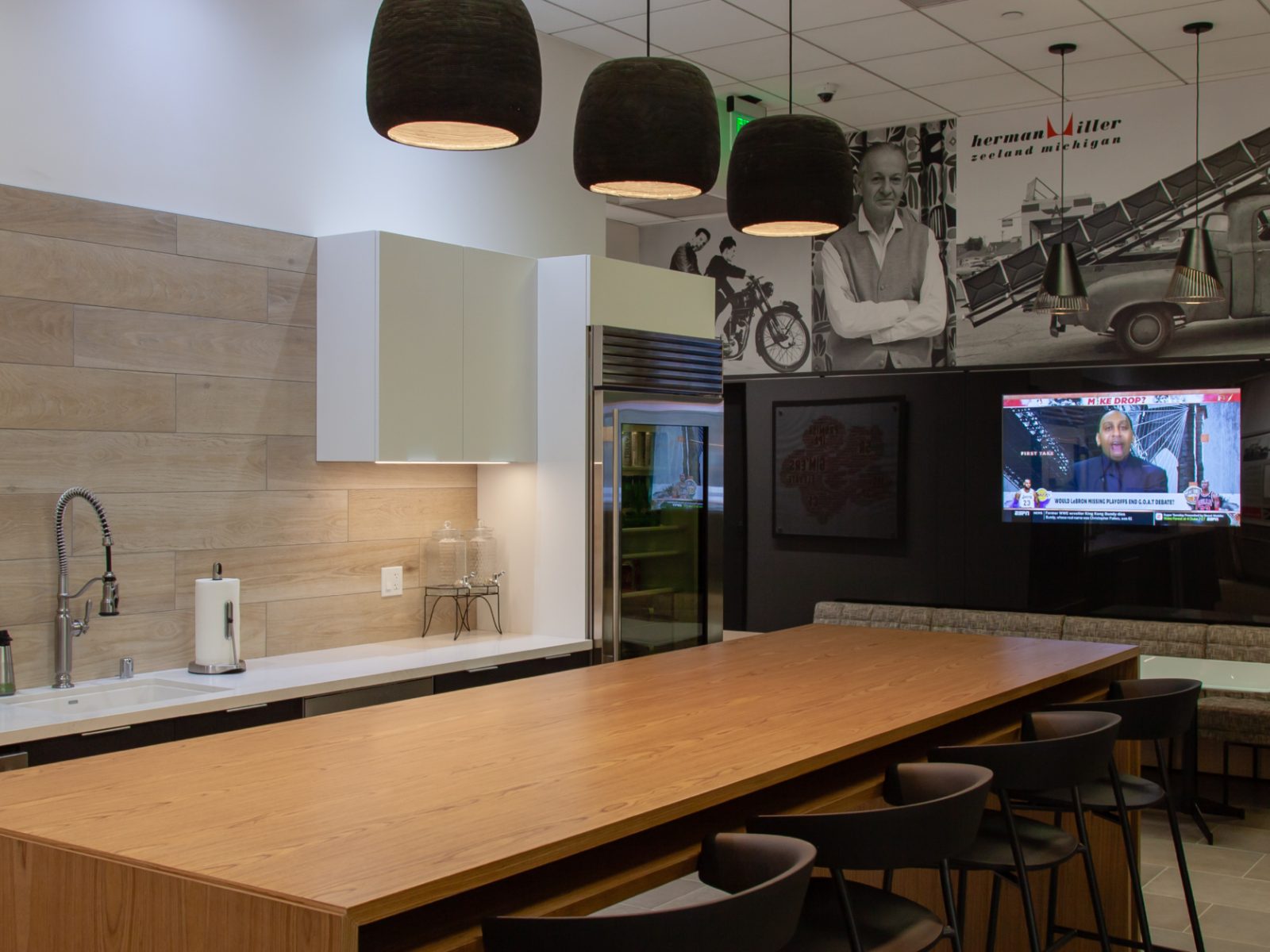Uniting People and Places Through Narrative Design
Tamala Herd of Bridge Commercial Real Estate explores how to leverage narrative design and storytelling to forge an emotional connection between people and place.

This article was originally published on Work Design Magazine.
Office buildings have traditionally been filled with rows of monotonous gray cubicles, harsh, overhead lighting and uninviting desks and chairs. With this model, it’s no surprise office occupancy levels across U.S. metros are now consistently below 50%. Given employees’ preference to work from home, combined with a competitive labor market, it’s clear employers and office owners must create compelling environments with features that outweigh the conveniences of working from home.
A modern, innovative approach to office design leverages storytelling to forge an emotional connection between people and place. When done well, the office – a place where employees spend most of their waking hours – becomes a destination they enjoy returning to each morning. Today, narrative design is quickly becoming a key differentiator in the office market.

Storytelling Through Design
As architects and designers, we are storytellers by nature; skilled at creating authentic connections to a space and its surrounding context. Similar to writing a compelling story, narrative design follows a structure. Storytelling comprises five key elements: plot, point of view, setting, characters and conflict. Consider how these key elements relate to our design process:
- Plot = overarching design plan
- Point of view and setting = the history and context of your location
- Characters = the user of the space, e.g., employees
- Conflict = the unique space requirements
Combining these elements thoughtfully and richly evokes the desired emotional responses from employees and future tenants.

Creating a Vision
The narrative design process begins with market research and identifying aspects of a property that people can emotionally connect to and honor the cultural relevance of the local community. To make informed decisions, involve tenants and leasing agents to discover what matters most to them and to learn about their city’s culture and history that resonates emotionally.
For example, 1200 Crown Colony, located just outside of Boston in Quincy, Massachusetts, draws inspiration from the city’s rich history of granite mining and as a global shipbuilding hub from the 1800s through World War II. The city was also famously the home to numerous political leaders from the Colonial Era, including John Adams, Abigail Adams, and John Hancock, who all had an outsized role in founding the United States of America. The design incorporates rich colors, a large fireplace, and heavy doses of brick and wood to add a warm, homey feel to a late-80s era building that looks far different than its original inception. These Colonial Period themes were woven throughout the building’s design and influenced the choice of materials, including iron, stone and reclaimed wood, that nod to the history and values of the office park’s location, which are a source of great pride to residents of Quincy.

Branding elements can also tie back to buildings that may have once stood on the property. One recent example is the tenant amenity lounge at the Lenox Park office complex in Atlanta, which is known as “The Standard Lounge” and pays homage to its namesake country club, The Standard Club. The club was a local mecca for prior generations of golfers, tennis players and socialites.
Environmental references are also commonly utilized and can be impactful to residents who value the biodiversity and natural beauty of their home. An example of this is the Sawgrass Technology Park near the Everglades in Florida, where the tenant amenity lounge is called “The Glades.”
Creating Emotional Resonance
Utilizing narrative design develops workspaces that can leverage positive, emotional connections and make employees feel invited and productive. Think back to your childhood home – you may recall specific sounds, smells, warmth, colors and unique things that made it the place you call home and still remember fondly. Now, consider the atmosphere of your favorite coffee shop, which may inspire you to work there when you aren’t at the office. These places hold emotional connections for most people. They resonate with the feelings they get there and the connections they make to the culture and context around them, making them more appealing environments.
Storytelling in design creates this emotional connection for employees, by essentially creating a setting for our characters to live a whole life, as we often spend more time with our co-workers than anyone else. As work-from-home and hybrid scheduling remain popular, especially among employees, it is more important than ever to create spaces that are comfortable and mimic places like living rooms and coffee shops where people want to spend their time.

When narrative design is employed, the space becomes more relevant and engaging. This often leads to employees actively choosing to utilize the office more than they normally would; holding baby showers for coworkers in the building’s amenity lounge instead of the office break room and relocating the company’s holiday party from an outside venue to the shared amenity space. A building must also be memorable to prospective tenants. Brokers often take companies to upwards of 10 properties when scouting for a new office building, so storytelling design can allow a building to stand out, beyond the standard checklist of features and amenities.
Using narrative design repositions your offering with a unique selling proposition. It serves as a key differentiator, separating those destined for success from the rest. This type of design seamlessly connects the building’s four walls with the location’s history, culture and context, enabling people to forge emotional connections that evoke warmth, positivity and comfort. By creating story-driven spaces that transform the user experience from “have to be there” to “want to be there,” office owners and designers remain relevant and competitive into the future.

